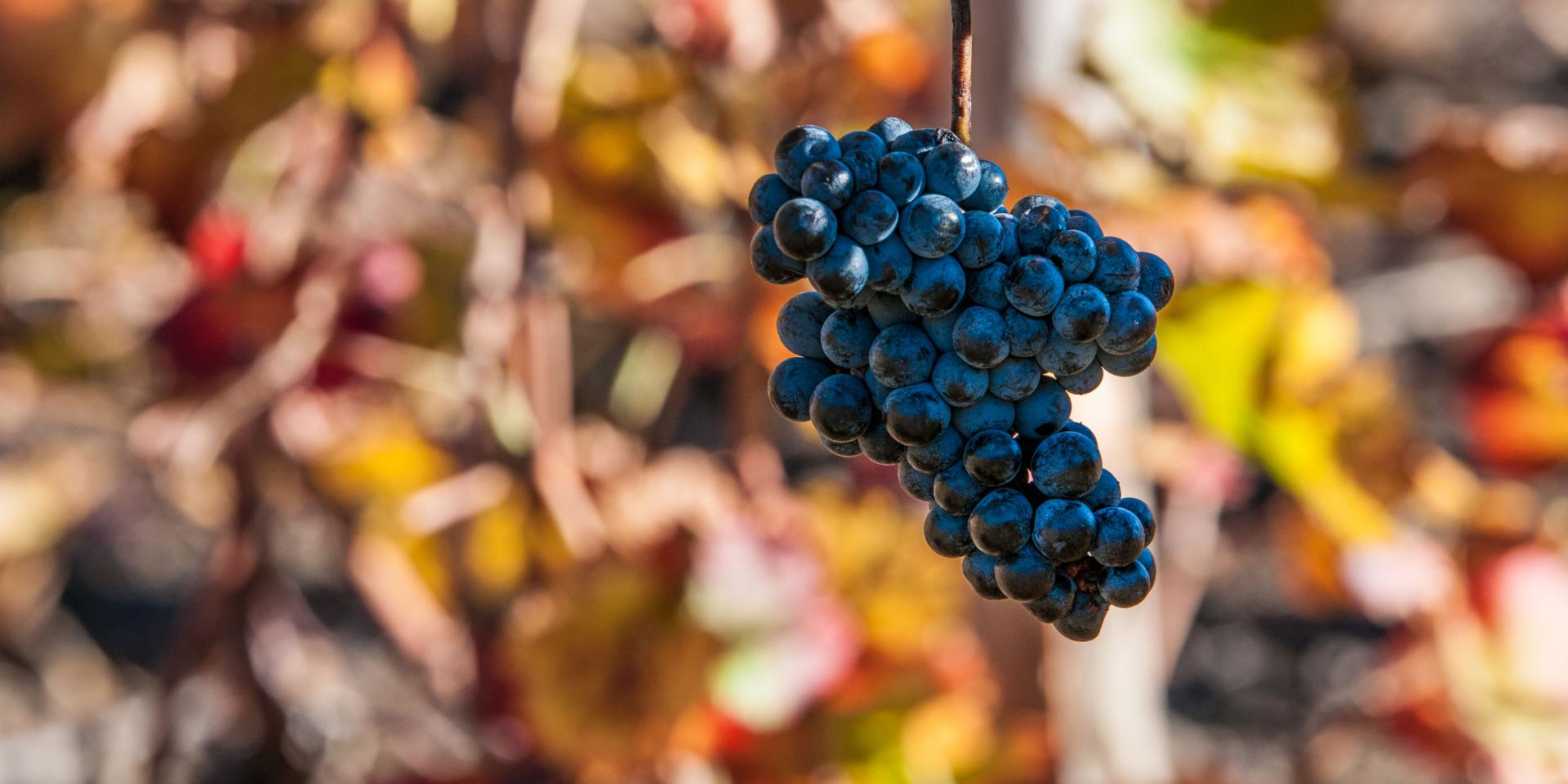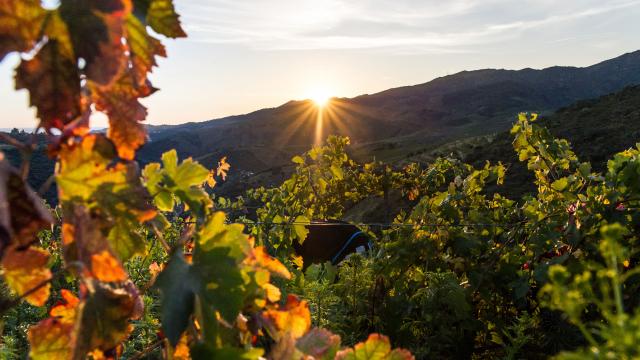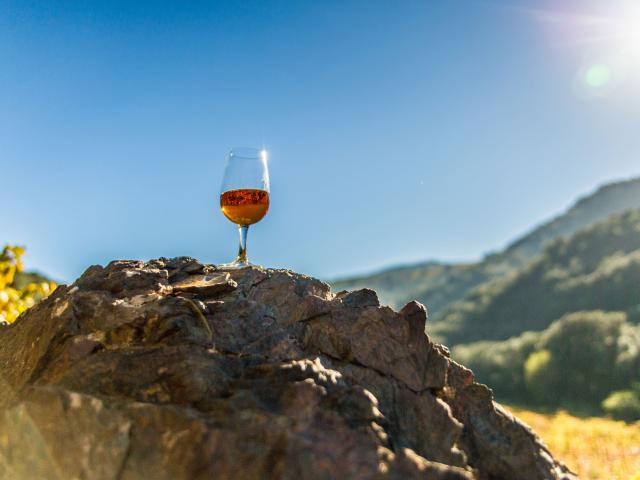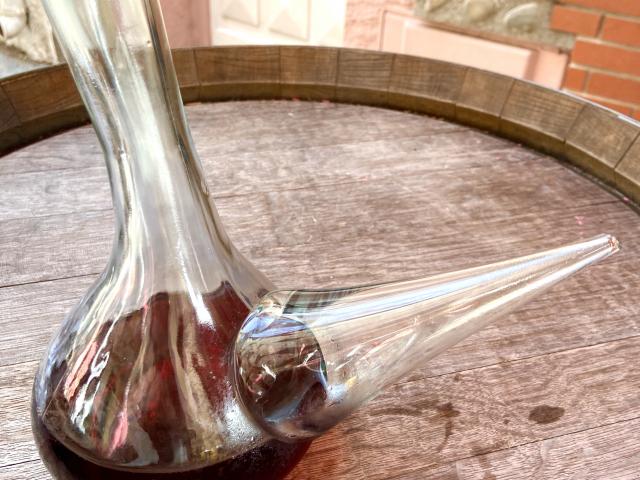A know-how that has stood the test of time
Today, the vines are still worked by hand by a multitude of small farmers, despite the “agricultural industrial revolution”. They have maintained a method of cultivation, the “complantation”, a cultural practice that dates back to the 9th century and that has resisted all the viticultural crises of the last decades.
For centuries, the question of the conservation and management of the vineyard landscape did not arise. Each family had at least one vineyard that it cultivated outside of its professional activity, which allowed the said families not only to receive and pass on a patrimony, but also to bring a financial complement to the household. The maintenance of the vineyard was thus based on inherited social and family practices, and the cultivation practices were modelled on those of the elders.
 Img 20200903 072615
Img 20200903 072615 Les vendanges 2016 a Banyuls sur Mer
Les vendanges 2016 a Banyuls sur Mer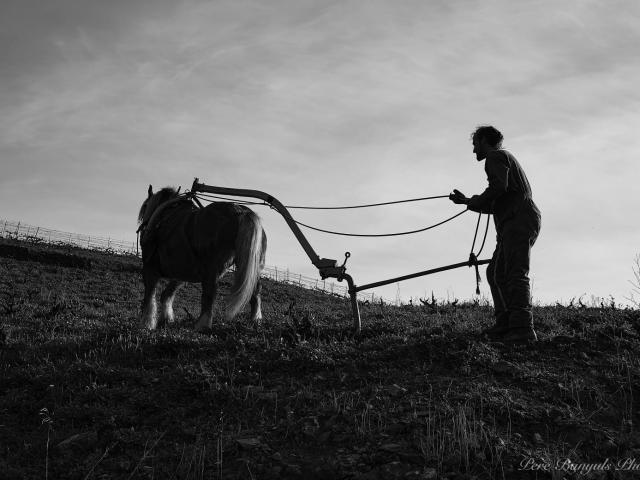 Vignoble Labour Cheval âne
Vignoble Labour Cheval âne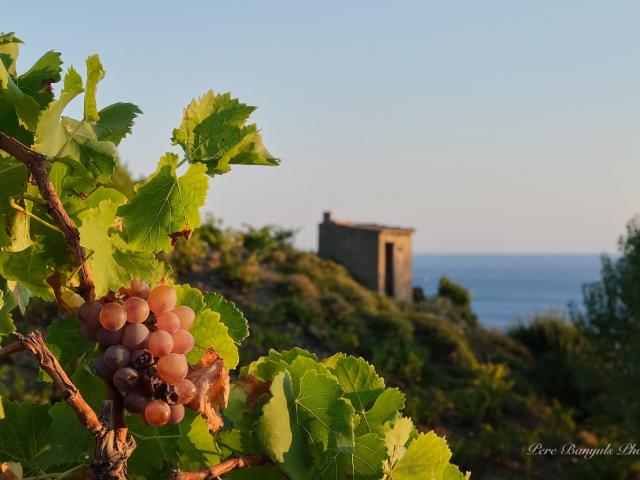 Vignoble Raisin Casot Vigne
Vignoble Raisin Casot Vigne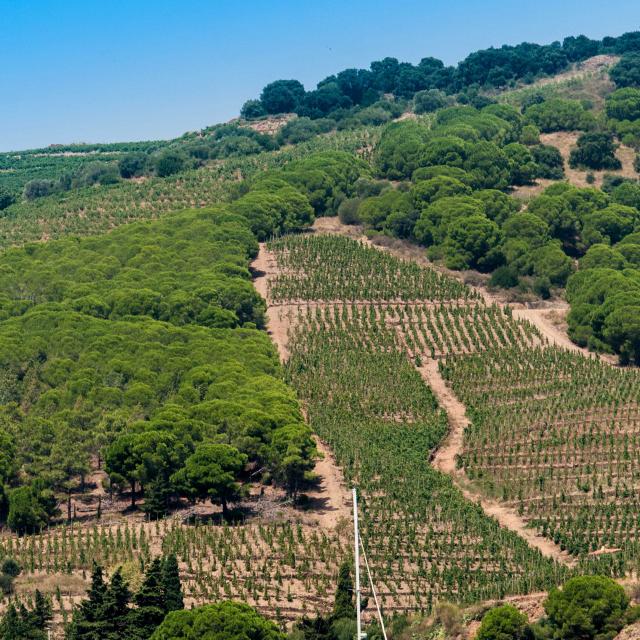 Banyuls sur mer
Banyuls sur mer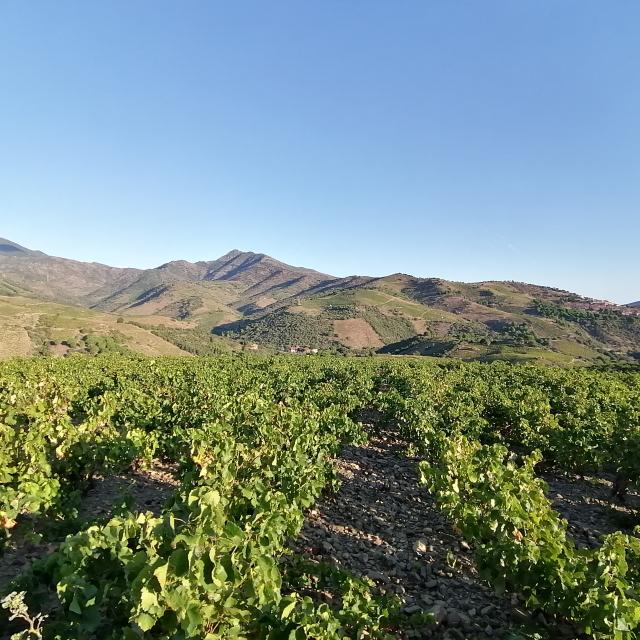 Vignoble Cru Banyuls Collioure vendanges
Vignoble Cru Banyuls Collioure vendanges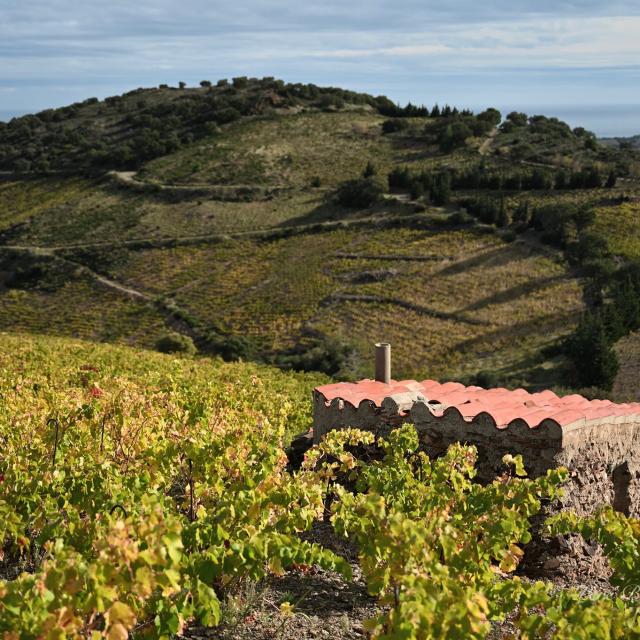 Vignoble Paysages Casot
Vignoble Paysages Casot Vignoble Vigne Hiver Nb (2)
Vignoble Vigne Hiver Nb (2)Landscapes shaped by the vine
It is this transmission of know-how that has participated in the preservation of a heritage landscape at the heart of which each slope is cut by a system of terraces and low walls in order to increase the flat, cultivable surface. Narrow triangles or widened rectangles, these lines form a “puzzle” vineyard landscape. The micro-parcelization of the vineyard accentuates the mosaic phenomenon.
A landscape shaped by low schist walls
In the heart of the Catalan terroir, the vineyard of Banyuls amazes by its specificity. Shaped and maintained by the hand of man since the 5th century B.C., it is more than 6,000 km of schist walls that support the terraces that go down to the Mediterranean.
From afar, one can see on the green hillsides the drawings of the “peus de gall” (rooster’s feet) – an ingenious system of dry stone canals, initiated by the Templars, allowing to evacuate water from the rare but violent storms.
